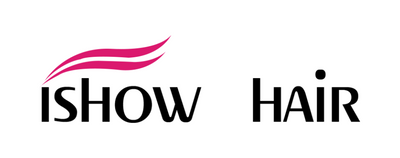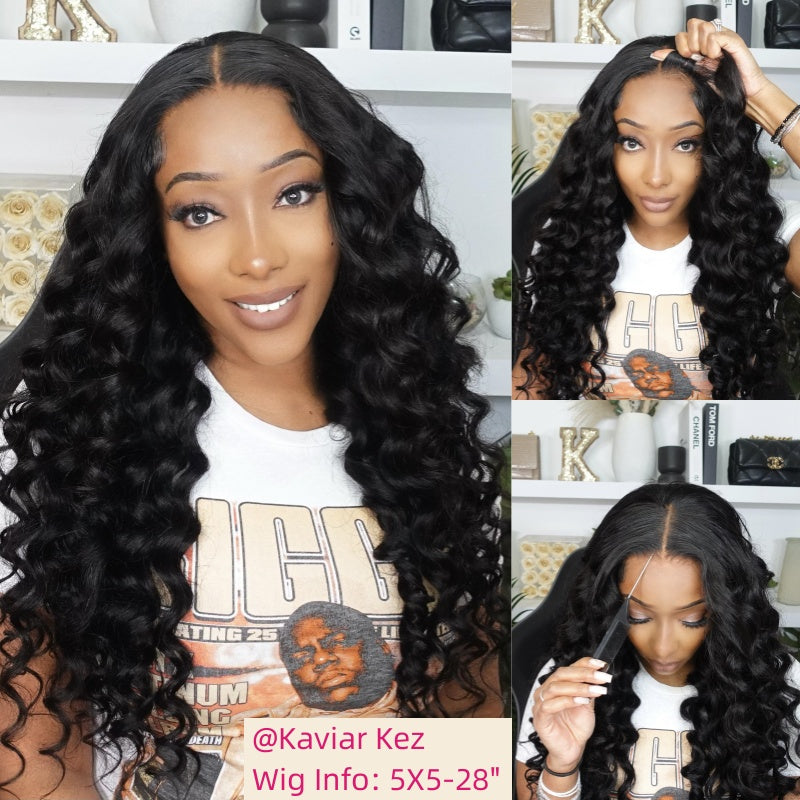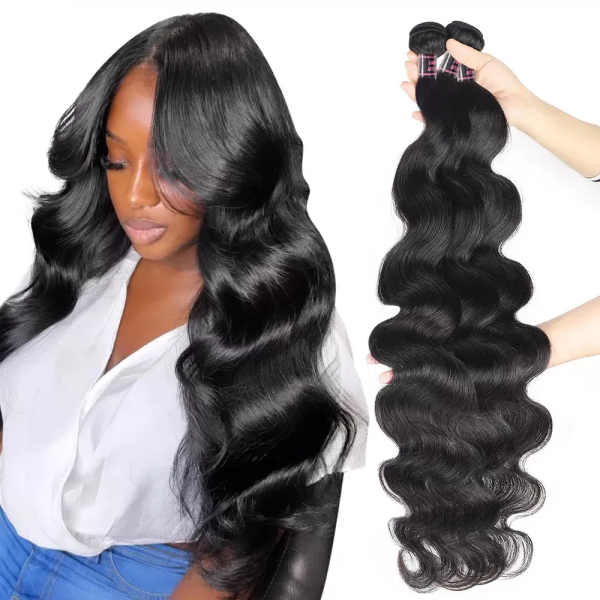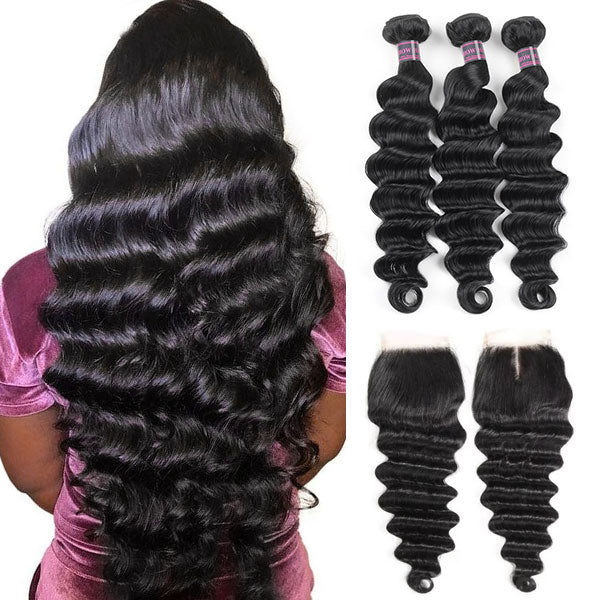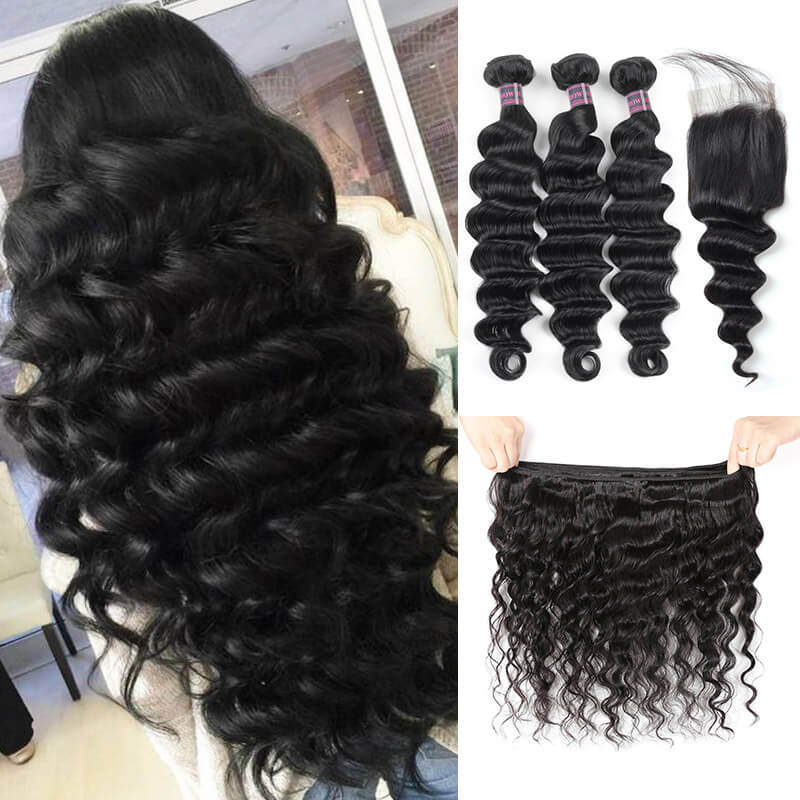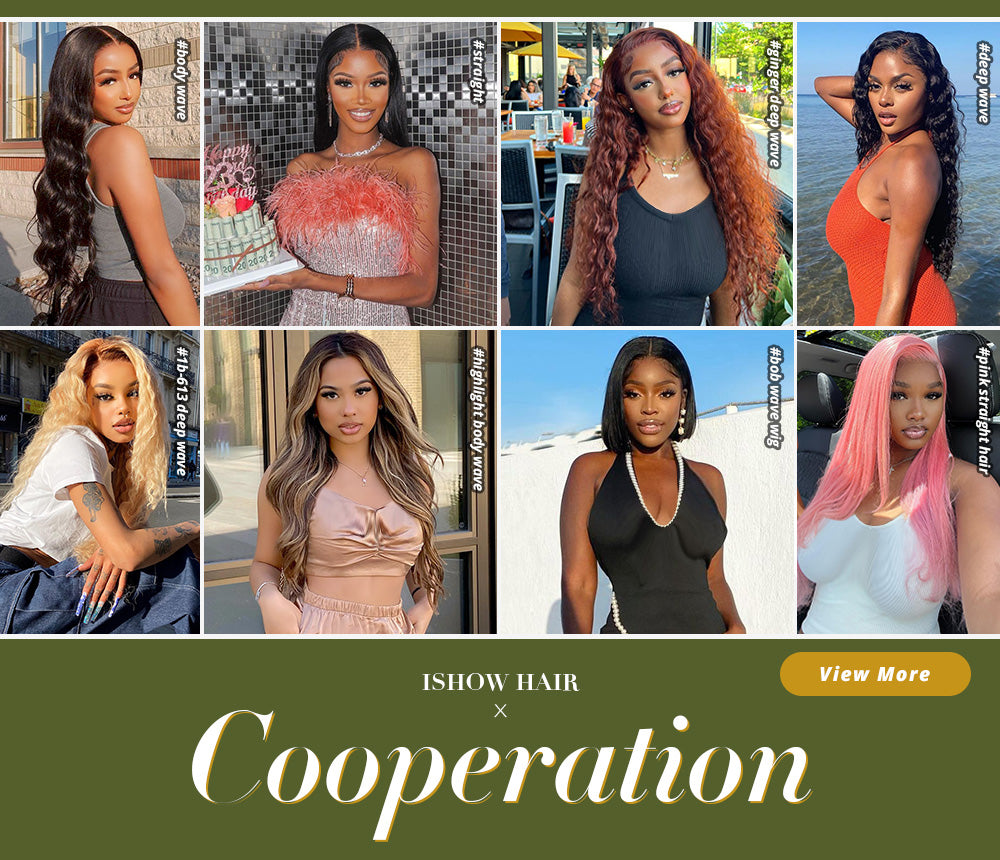Wig Styles Decoded: Find Your Perfect Match & Rock the Look!
Wigs are more than just hair on your head – they're a way to switch up your style, help out if your hair is thinning, or just for fun. From the old days when they were super fancy and powdered, to now when you can pick one that looks just like your own hair, wigs have come a long way. We've put together this article to show you all the different kinds of wigs you can choose from. So, if you're new to wigs or just want to learn more about them, stick with us. We'll make it easy to understand and by the end, you might just find the perfect wig that feels just right and has you looking fabulous.
Wig Fundamentals - A Quick Primer
Why Do People Wear Wigs?
People don wigs for a host of reasons. For some, it's a fashion accessory to spice up their style or change their look without altering their natural hair. Others might wear them out of necessity – to cover up hair loss that results from medical conditions like alopecia or chemotherapy treatments. Then there are those who wear wigs as part of traditional ceremonies or cultural norms. Actors, too, slip on wigs to get into character for the roles they play.
The Anatomy of a Wig
Every wig has three main parts that define its look and feel:
- Cap Construction: This is the base that mimics your scalp and holds everything together. It comes in different forms which we'll explore later, but it's crucial for the wig's fit and comfort.
- Hair Type: Wigs can have real human hair, come from animals like goats or horses, or be made from high-tech synthetic materials that look surprisingly like real hair. Each type has its own benefits depending on what you're looking for.
- Attachment Methods: How a wig stays on your head is pretty important, right? There are several methods, ranging from simple elastic bands and clips that grip your natural hair to glue and tapes for a more secure hold. We'll break down these options to help you find what's best for your lifestyle.
The Framework of Finesse – Cap Constructions
The Importance of Cap Construction
Think of the cap as the foundation of a house. It's what gives a wig its shape and fit, and it plays a big role in how natural your wig will look. A well-constructed cap can mean the difference between a wig that feels like a comfy hat and one that's more like a scratchy costume piece.
Exploring Types of Caps
Let's unwrap the various cap types you might consider:
- Standard/Wefted Caps: These are made with hair sewn into strips of fabric, creating "wefts." This design allows for airflow, keeping your scalp cool, and is often more budget-friendly.
- Capless Wigs: Don't be fooled by the name – they do have a cap, but it's constructed with open spaces between the wefts for even more breathability and lightness.
- Monofilament Tops: If you want something that looks like the hair is growing right from your own scalp, this is your go-to. Each hair is individually attached at the top, allowing for natural movement.
-
Lace Front Wigs: These caps give you an invisible hairline, perfect if you like to wear your hair pulled back off your face or enjoy a flawless frontal appearance.
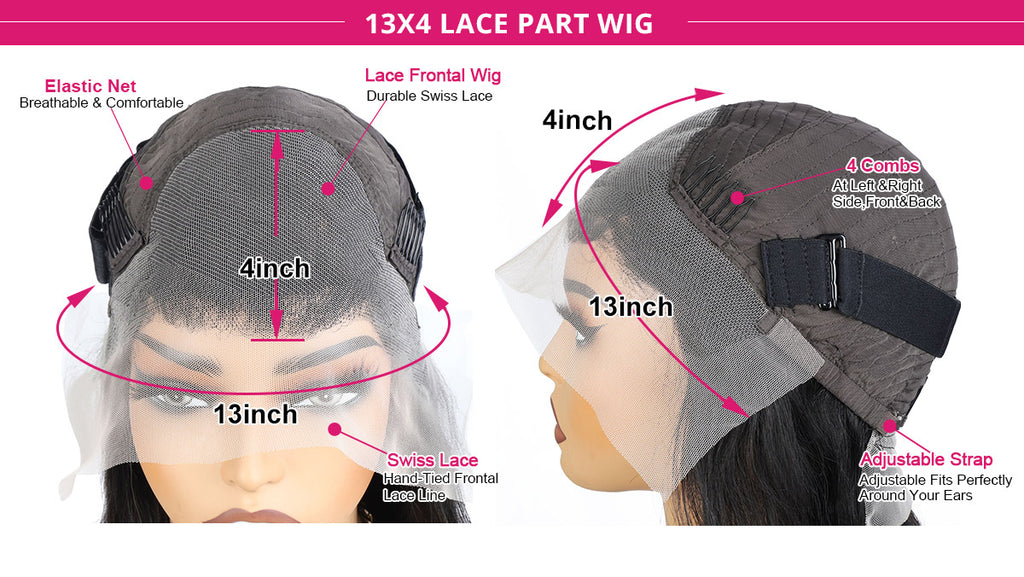
- Full Lace Wigs: For full styling versatility, full lace wigs are entirely hand-tied and offer the most natural look, allowing you to part your hair anywhere you'd like.
- Hand-Tied Wigs: Here, all hairs are tied by hand to create a very lightweight and comfortable cap. They also allow the hair to move naturally in all directions.
Weighing Pros and Cons
Each type has its benefits and drawbacks. Standard caps might be more affordable, while hand-tied caps provide a higher degree of realism. Lace fronts offer impeccable hairlines, and monofilament tops excel in natural hair movement. Your choice will depend on personal preferences, lifestyle needs, and budget considerations.
What Are the Different Types of Wig?
Synthetic vs. Natural: Understanding the Differences
Wigs can be made with different kinds of hair, and it really comes down to two main categories: synthetic fibers and natural human hair. Here's what sets them apart:
Synthetic Wigs:
- Advantages: They're wallet-friendly, easy to care for since they keep their style after washing, and you can pick from a wide array of colors and styles.
- Limitations: They can look less real than human hair, usually won't last as long, and aren't as tolerant to heat - so styling with hot tools is typically a no-go.
Human Hair Wigs:
- Advantages: These wigs feel real because, well, they are! You can style them just like your own hair which means curls, straightening, and dyeing are all in play.
-
Limitations: They come with a higher price tag and need more TLC – think regular shampooing, conditioning, and styling, just like you'd do with your natural hair.

Beyond the Basics: Other Hair Options
There's more to wig hair than just 'fake' or 'real':
- Remy Hair: This premium type of human hair means all the strands go in the same direction and have their cuticles intact, making the wig smoother and tangle-resistant.
- Virgin Hair: Considered the crème de la crème, virgin hair has never been chemically processed or colored, giving you the highest quality and most natural look.
- Blended Wigs: Mixing human and synthetic hair offers a middle ground between affordability and the natural appearance of human hair.
Identifying Quality Wig Hair
High-quality wig hair should be smooth, without excessive shedding or tangling, and should blend well with any existing natural hair. If you're looking at synthetic, it should not have an unnatural sheen and should hold its style well.
Choosing between synthetic and natural hair wigs-or one of the other options-is about balancing looks, budget, and how much time you want to spend on maintenance. Each has its place, and the right choice for you is all about what matters most in your daily life.
How to Choose Between Off-the-Rack and Tailor-Made Wigs for Your Needs
When it comes to choosing your wig, think of it like shopping for clothes. You can grab something ready-to-wear off the shelf, or you can get it custom-made to fit you just right. Both have their perks.
Ready to Wear Wigs
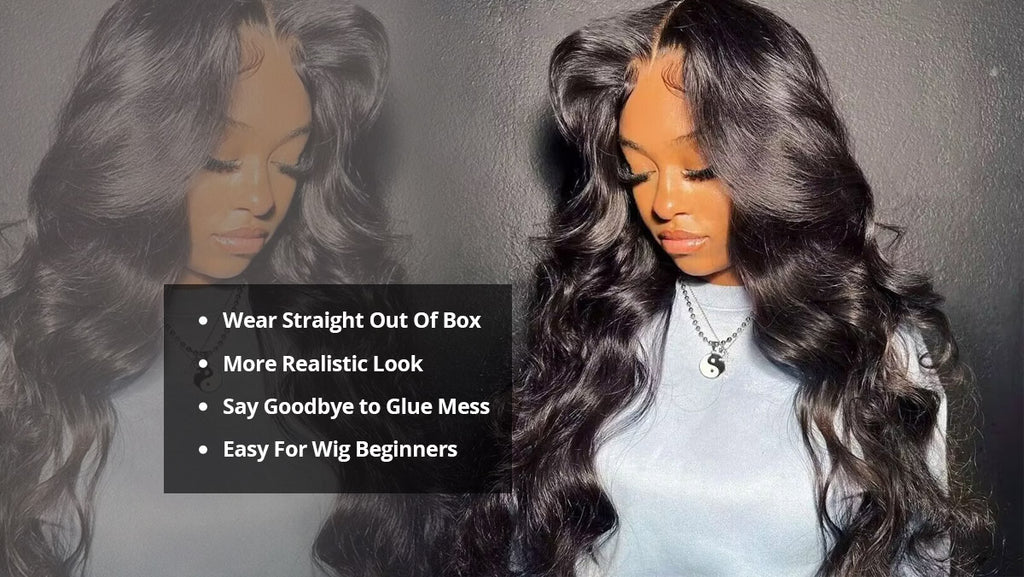
These wigs are pre-styled and set to fit most head sizes, making them a convenient and quick option. If you're on a budget or need a wig in a pinch, ready-to-wear is the way to go. Plus, you get to see exactly what you're getting from the get-go.
- Pros: Cost-effective, immediate availability, no fuss – they're ready when you are.
- Cons: Less personalized fit, limited styling options, might not be a perfect match for your head size.
Custom-Made Wigs
Going the custom route is all about personalization. You'll get a wig that's crafted to fit the unique contours of your head, with the style, color, and hair type you choose.
- Pros: Made to fit you, countless styling options, often higher quality.
- Cons: Bigger hit to your wallet, takes time to make, requires more involvement in the process.
The Customization Process
Choosing a custom wig starts with a consultation, followed by taking precise measurements of your head. You'll discuss styles, colors, and hair types. It's a bit like being an artist with a blank canvas – only the canvas is your wig!
Choosing What's Right for You
Deciding between ready-to-wear and custom-made boils down to a few key considerations:
- How quickly do you need the wig?
- What's your budget?
- Are you looking for something specific or special?
- How important is a tailored fit to you?
Your answers to these questions will guide you to the perfect choice, ensuring you get a wig that not only looks great but feels like it was made just for you.
How to Style and Care for Your Wig
Once you've got your hands on the perfect wig, you'll want to keep it looking its best. Just like natural hair, wigs need a bit of love and care to stay fabulous.
Styling Tips for Different Types of Wigs
Whether you've chosen synthetic or human hair, each type has its own styling playbook:
- Synthetic Wigs: Keep it cool – avoid heat from hair dryers or straighteners unless it's a heat-friendly type. Use fingers or a wide-tooth comb for gentle styling.
- Human Hair Wigs: You can style these much like your own hair with heat tools. Just remember to use a heat protectant spray to keep the hair in tip-top shape.
Maintenance Must-Dos
To extend the life of your wig, here's what you need to know:
- Washing and Drying: Treat your wig like a delicate garment. Wash it with specific wig shampoo and conditioner, and let it air dry on a wig stand – no wringing it out!
- Combing and Detangling: Use special brushes designed for wigs. Start at the ends and work your way up to avoid damage.
- Storing Properly: Not wearing your wig? Keep it on a wig stand or mannequin to help it hold its shape. Avoid damp, hot, or sunny spots to prevent wear and tear.
Common Wig Care Mistakes to Avoid
- Skipping wash days – just like regular hair, wigs can get grimy.
- Using standard hair products – they can be too harsh for wig fibers.
- Neglecting to untangle gently – rough brushing can cause more knots!
Remember, a little effort goes a long way in maintaining your wig's look and longevity. Treat it well, and it'll do the same for your style game!
Finding Your Perfect Match - Choosing the Right Wig
Picking the right wig is like finding the perfect pair of shoes – it needs to fit well, complement your style, and be suitable for your lifestyle. Here's how to ensure you find your perfect wig match:
Face Shape Compatibility
Just like hairstyles, certain wig styles flatter certain face shapes better. Here's a quick guide:
- Round Faces: Look for wigs with volume on top to elongate your face.
- Square Faces: Soft, layered styles can help soften your jawline.
- Oval Faces: Lucky you – most wig styles will suit your shape!
- Heart-Shaped Faces: Consider a wig with bangs or volume around the jaw to balance your face.
Lifestyle and Daily Activities
Think about your daily routine. If you're active, look for a wig with secure attachment options. If you're often outside, consider a wig that can handle weather changes.
Matching Skin Tone
Wigs come in all shades, so choose one that complements your skin tone. If you're not sure, ask for swatches or try on different shades in natural lighting.
Budget Constraints
Wigs can range from budget-friendly to investment pieces. Set a budget before you shop but remember, a good wig is an investment in your confidence and comfort.
Getting Professionally Fitted
If possible, get fitted by a professional. They can help you find the right size, style, and color, ensuring your wig looks natural and feels comfortable.
Taking the time to consider these factors will help you choose a wig that not only looks great but also feels like a natural extension of yourself.
The Ultimate Wig Guide: Finding Your Perfect Style
When it comes to choosing the right wig, think of it as finding a new favorite accessory. Wigs come in so many styles and materials-from easy-care synthetic to luxurious human hair-that there's truly something for everyone. Whether you're looking for a quick, budget-friendly fashion change or a custom-designed piece tailored just for you, the key is to pick what feels comfortable, suits your lifestyle, and makes you look and feel great. Remember to take good care of your wig with gentle washing and proper storage, and it will keep you looking fabulous. So take your time, explore your options, and get ready to step out in confidence with your new favorite hairdo.
